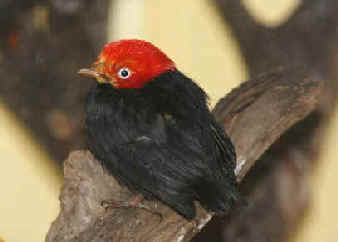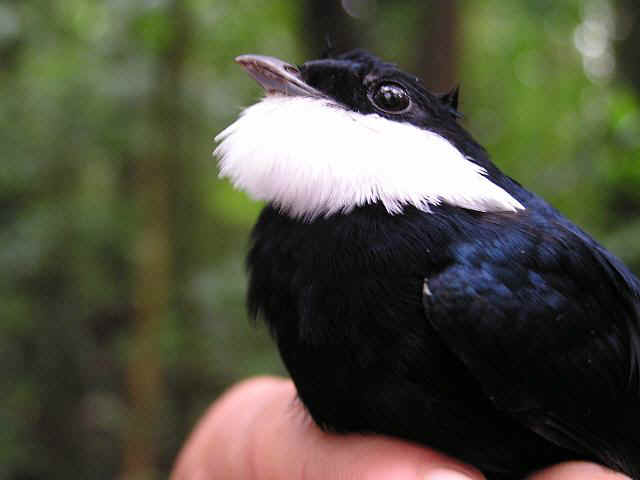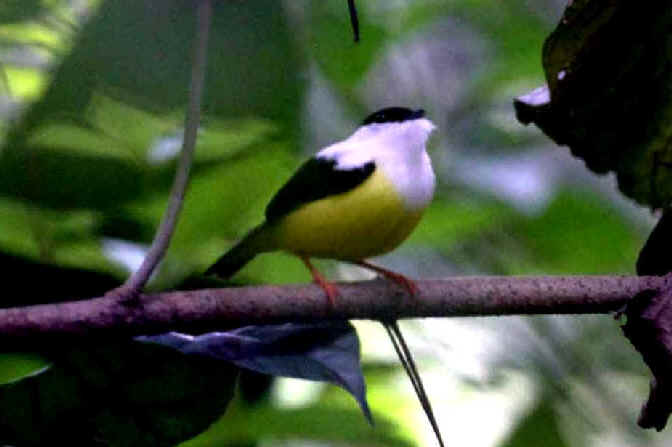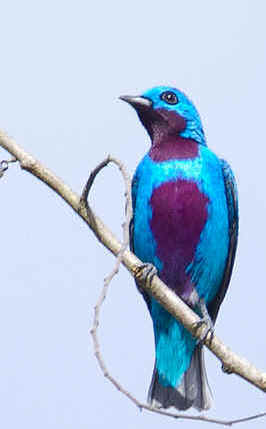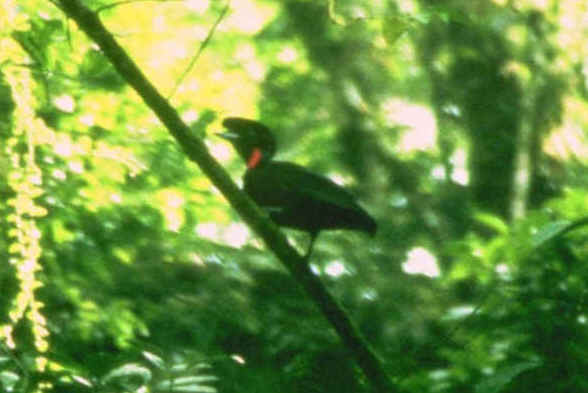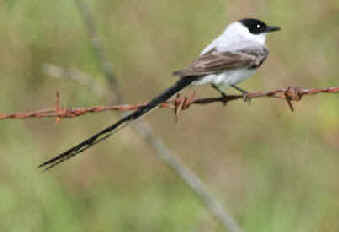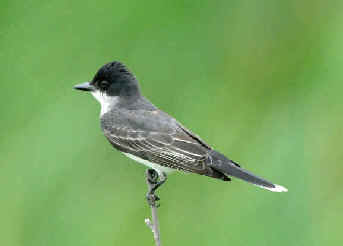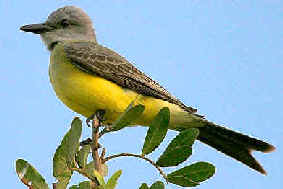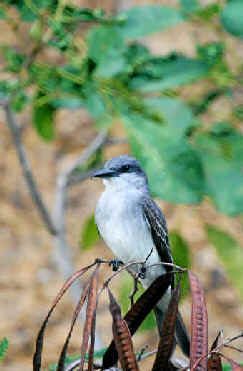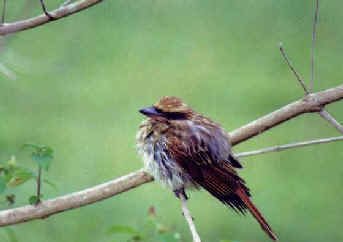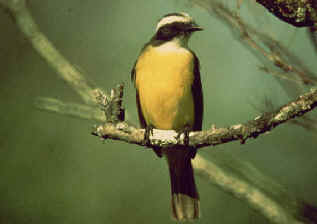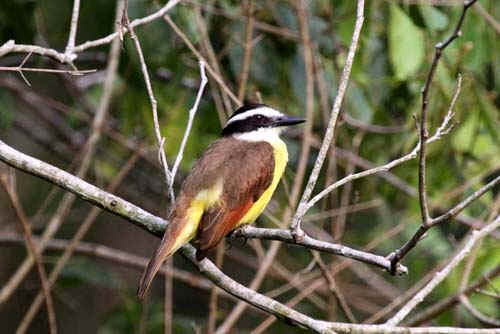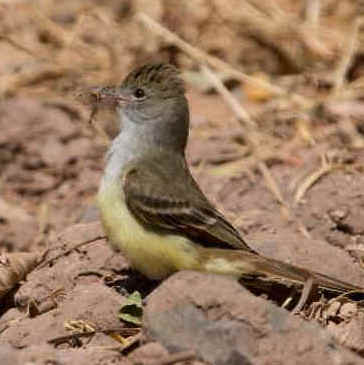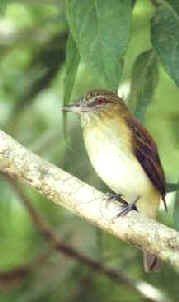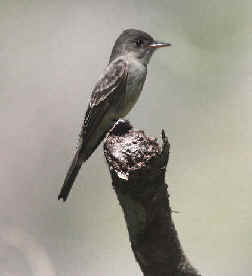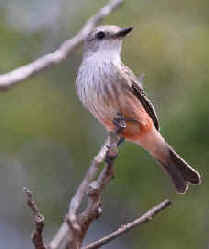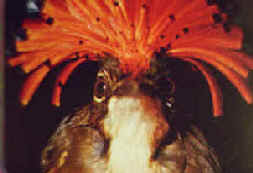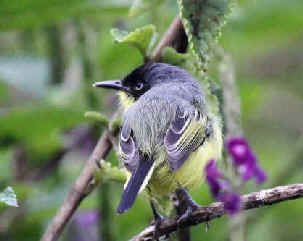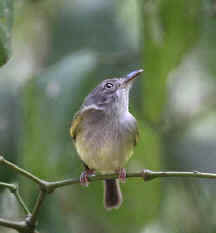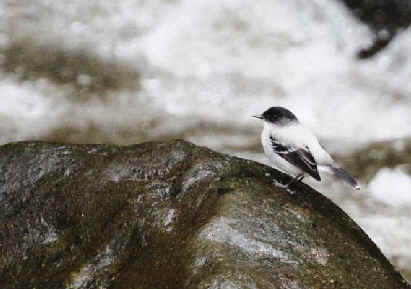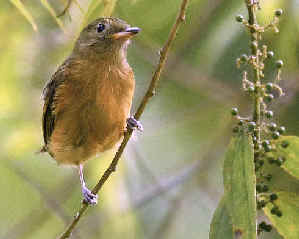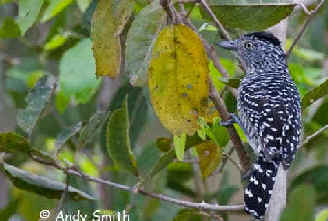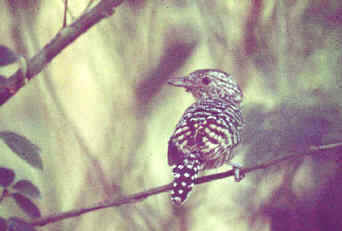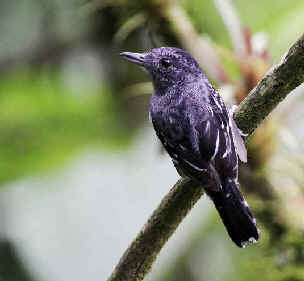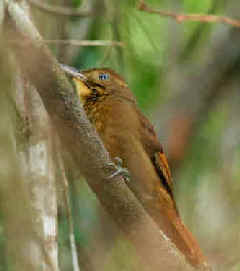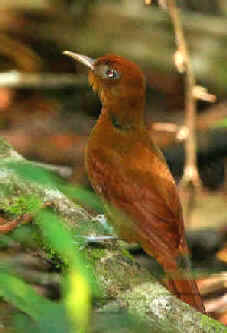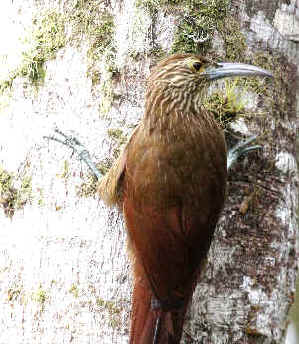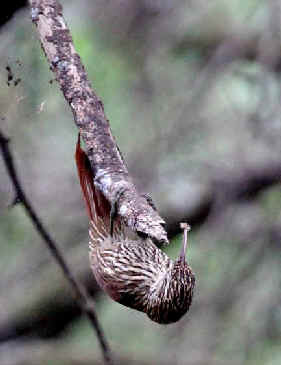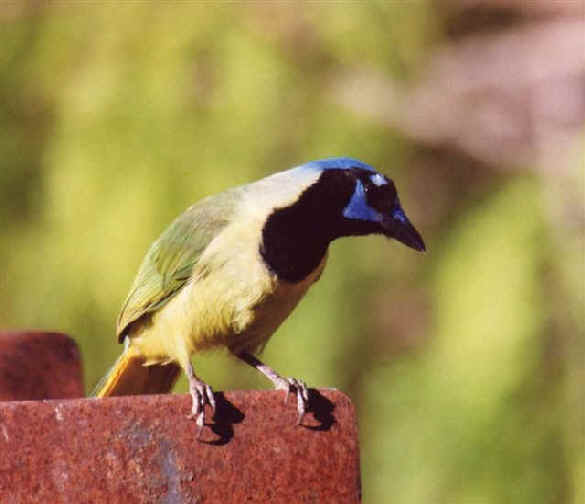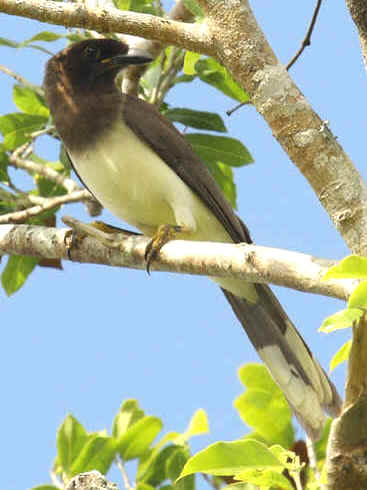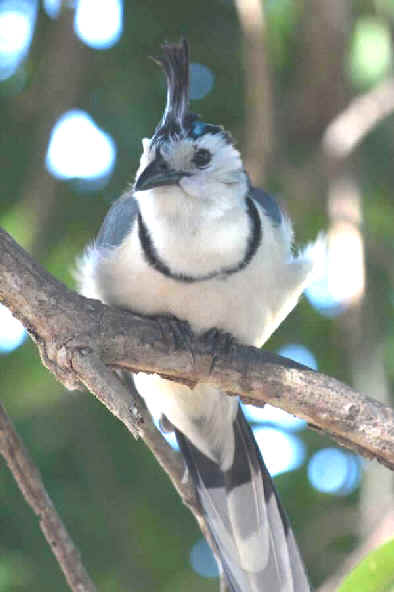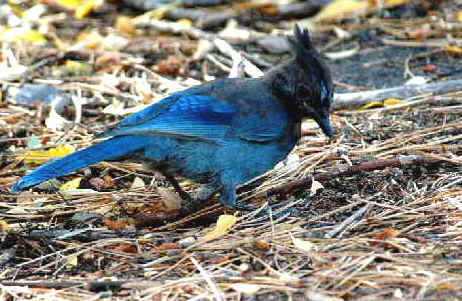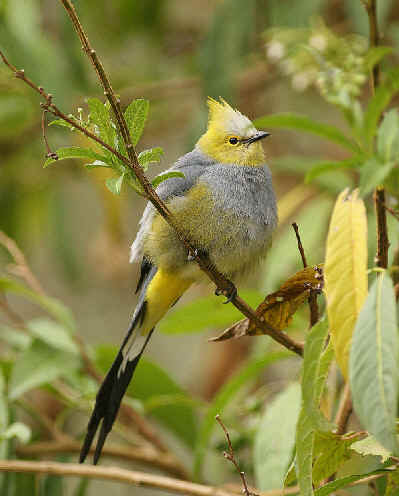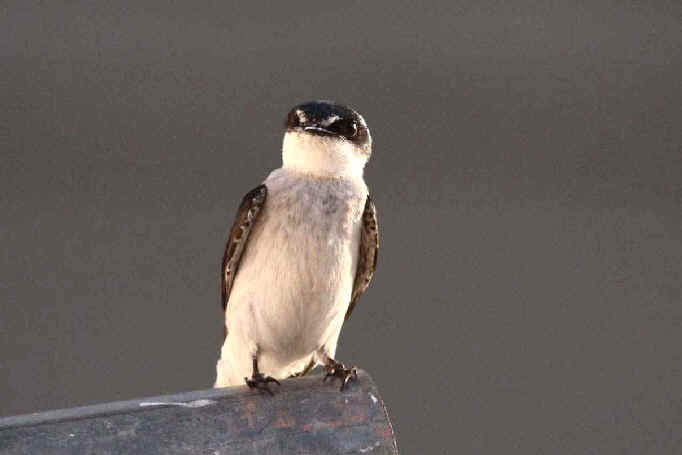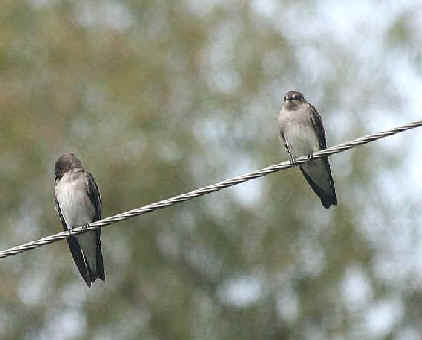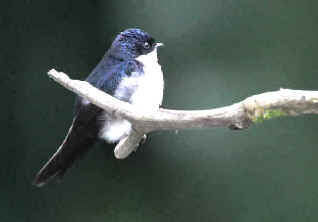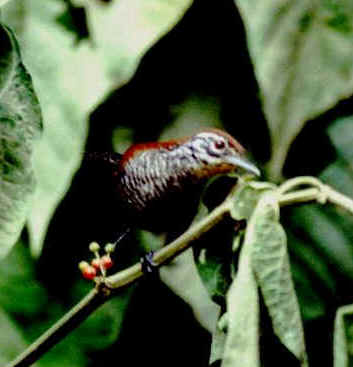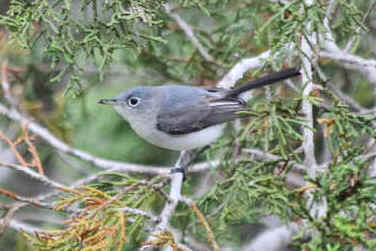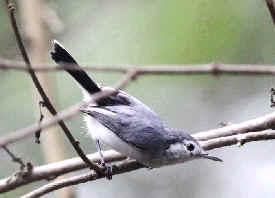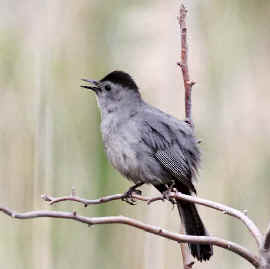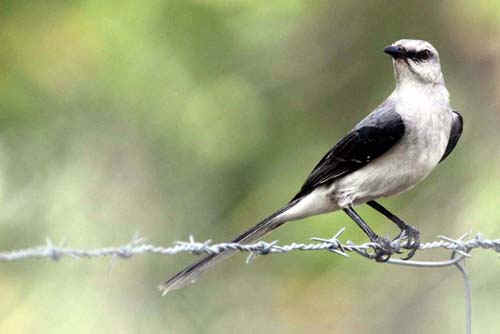
E-mail: font@focusonnature.com
Phone: Toll-free in USA 1-888-721-3555
or 302/529-1876
 |
PO
Box 9021, Wilmington, DE 19809, USA E-mail: font@focusonnature.com Phone: Toll-free in USA 1-888-721-3555 or 302/529-1876 |
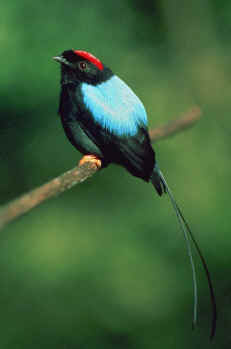 CENTRAL
AMERICA
CENTRAL
AMERICA
BIRDS
Manakins to Thrashers
Noting those found during
Focus On Nature Tours
with an (*)
1991 thru 2015
during the months
of January,
February, March, April, July, December
Part 3 of a Central America Bird List with some Photos,
compiled by Armas Hill
Photo at upper right: LONG-TAILED MANAKIN
Codes:
(t): a globally threatened or
rare species, designated by Birdlife International
(t1): critical (t2): endangered (t3): vulnerable
(nt): a near-threatened species
globally
In the list that follows, relating to sightings during
FONT tours, the country & the months are noted in maroon coloration.
BZ: in Belize
CR: in Costa Rica
GU: in Guatemala
HN: in Honduras
PN: in Panama
(CAi): introduced species in Central America
(CAr): a rare species in Central America
(ph): species with a photo in the FONT web-site
Links to Bird Groupings in this part of this list:
Manakins
Sapayoa
Schiffornis Becards Cotingas
Tityras & Speckled Mourner
Tyrant-Flycatchers Antbirds
Tapaculo Furnarids
Woodcreepers Vireos & Allies
Jays &
Raven Silky-Flycatchers & Waxwing
Swallows &
Martins Bushtit & Kinglet
Wrens Gnatcatchers, Gnatwrens, Brown Creeper
Thrashers
Links to Other Parts of this Central American Bird List:
Part #1: Tinamous to Doves Part #2: Macaws to Woodpeckers Part #4: Thrushes to Buntings
Links to Lists of Birds in: Belize Costa Rica Guatemala Honduras Panama
Links to Lists & Photo Galleries of Other Nature, including Central American:
Mammals
Butterflies, Moths
Amphibians, Reptiles
Marine
life, inc. Fish, Crustaceans
Links to Information about Upcoming FONT Birding & Nature Tours
in Central America by month, in: 2015 2016 or: by geographic location
Other Links:
Directory of Photos in this Website
Birds:
MANAKINS
